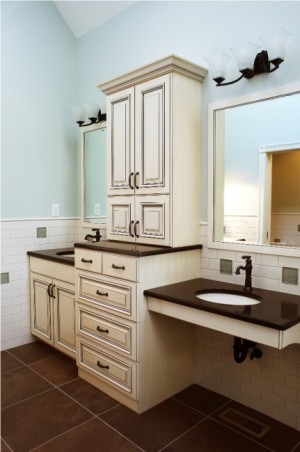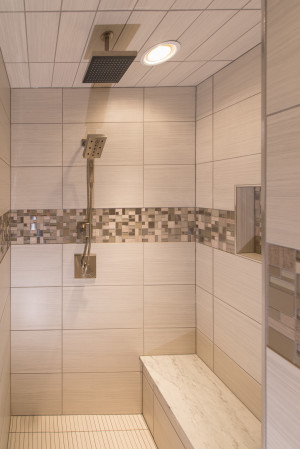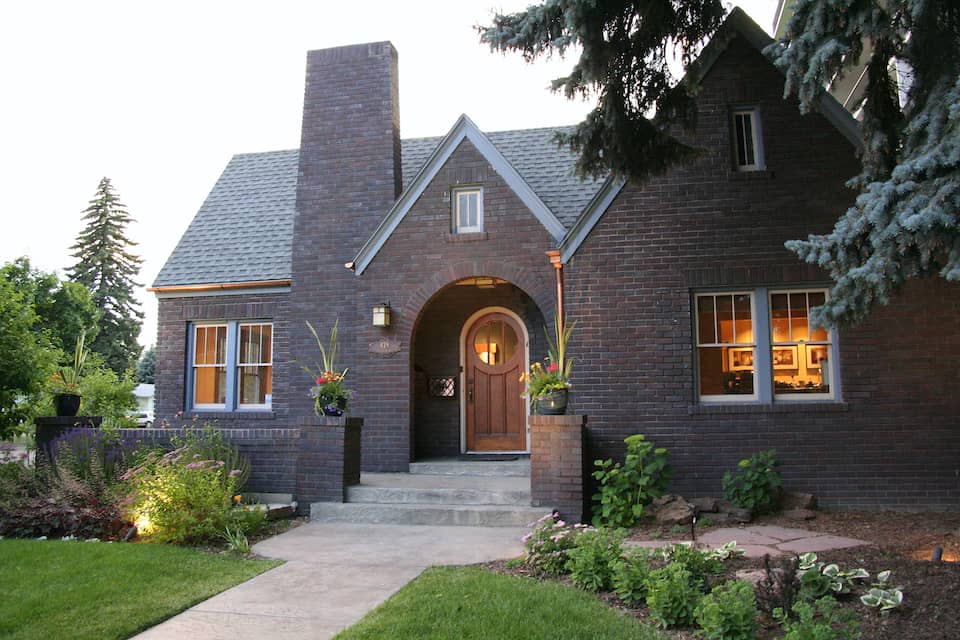
You may be ready to spend your golden years in your current home, but is your current home ready for you to age?
Aging in place is the ability to live in your home safely, independently and comfortably, regardless of age or ability level, for as long as possible. Staying in your current house as you age often requires some modifications.
Baby Boomers (those born between 1946 and 1964) are beginning to anticipate their own aging-in-place needs and adopting those changes sooner rather than later.
The National Association of Home Builders, in partnership with AARP, developed the national Certified Aging-in-Place Specialist (CAPS) program, which teaches building professionals how to modify homes to help people continue to live in a familiar and safe environment throughout their maturing years.
Consider these suggested CAPS updates to make your living space safer and more comfortable as you age in your home:
- Master bedroom and ADA compliant bath located on the first floor
- Low- or no-threshold entrance to your home
- Bright lighting in all areas
- Lever-style door handles
- Low-maintenance exterior
- Non-slip flooring
- Open floor plan, especially in the kitchen and dining area
- Handrails on all steps
- Handheld shower heads and single-lever faucets
CAPS professionals also suggest widening doorways and hallways, adding comfort-height commodes, stacking closets for a future elevator shaft, and using contrasting finish colors to improve depth perception.
Some people are afraid that aging-in-place updates will make their home feel unattractive and hospital-like. That doesn’t have to be the case if you follow “universal design” practices, which promote accessibility for all without sacrificing visual appeal and style. A remodel adhering to universal design principles should not look or feel institutional.
And while you may not need these changes now, the best time to plan for the future and make balanced decisions is while you are healthy. Also keep in mind that it costs far less to include most aging-in-place changes during a new construction project than to go back and add them later. And making these changes today may be far less expensive than the cost of moving into an assisted living facility down the road.

For more information about aging in place and universal design, visit www.nahb.org or contact HighCraft for a free consultation: info@highraft.net or (970) 472-8100.

